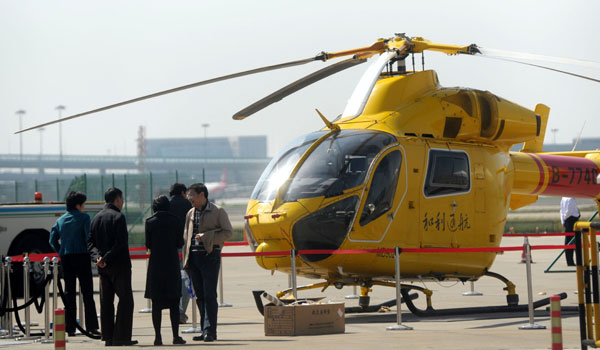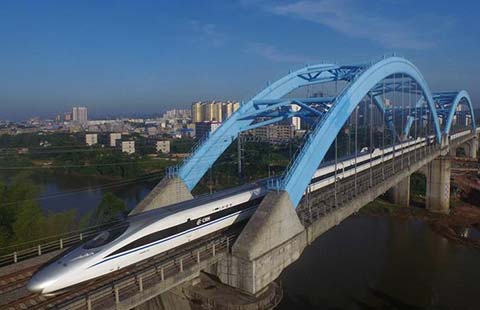Aviation sector cleared for takeoff
By Meng Jing (China Daily) Updated: 2012-12-29 08:00Strategic industry emerges as China's next growth engine after automaking has hit a barrier
In driving the economic powerhouse that is modern China there is probably no sector that has done more than the auto industry.
In the two decades or so since it was chosen as one of the country's pillar industries, not only has it helped China become the world's biggest maker and seller of cars, it has pulled a considerable part of the economic load, contributing more than 6 percent of GDP and about 13 percent of the country's tax income in 2010.
But the roads of big Chinese cities are now bursting with cars, and it has become clear that the auto industry has hit a barrier. As efforts to restructure the economy steam ahead, policymakers have been on the lookout for other engines of growth, and some now have their eyes cast in one direction: the sky.
What they have in their sights is general aviation, an industry that includes civil aviation other than commercial flights, and includes activities such as search and rescue, private flights and air charter services.
|
 |
|
A commercial helicopter parked at Shanghai Hongqiao International Airport in April 2011. China has become one of the largest potential aviation markets globally. Niu Yixin / for China Daily |
In 2010 China's cabinet named general aviation as a strategic industry in the 12th Five-Year Plan (2011-15), and in November this year the country's air traffic management authority announced that airspace regulations would be relaxed from the beginning of next year.
On top of that, in July the State Council issued guidelines for the development of the civil aviation industry, including estimates that flying time in general aviation will increase by an average of 19 percent a year between now and 2020. All of those signals are being interpreted in the industry as permission for takeoff.
"General aviation has emerged as the next economic driving force after the car industry," said Ma Xin, deputy director of the National Air Traffic Management Committee Office in China, at the ninth Zhuhai Air Show, the largest international aerospace trade show in China, last month.
"It's a high-tech sector. It has a long industrial chain that can drive the development of various sectors from raw materials in the upstream, to after-sales and maintenance services in the downstream. It has a much bigger role to play in China's economy."
Ma said changes to the low-altitude airspace management system will spread from test areas to the rest of the country. Communications and surveillance facilities have already been built to ensure flight safety at the beginning of next year, and a trillion-yuan market is about to take off, he said.
"As reforms forge ahead, we believe the general aviation industry will gain momentum and, as with cars, will become a new growth point."
Special Coverage
Related Readings
China to subsidize general aviation
Sky's the limit for booming general aviation sector
Aviation industry flies into future
China forges ahead with airspace opening-up
Civil aviation industry ready to take off
- Chinese-built railway to boost economy: Kenyan minister
- China's first refrigerated container train leaves for Moscow
- Shorts pile into 500.com after sector crackdown
- Vanke shares continue ascent
- Cloud center lures with low power prices
- Yuan not seen falling sharply
- Health-minded Chinese upgrade to affordable premium foods
- Chinese law firms 'lag behind' in IT



















